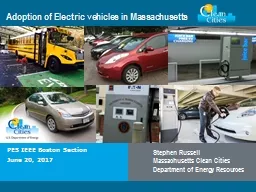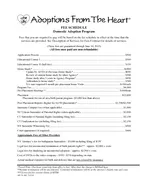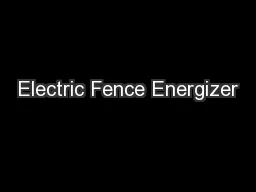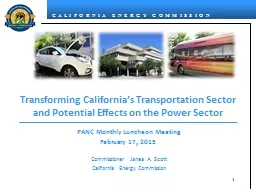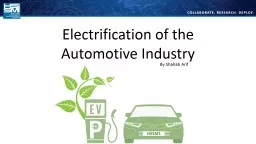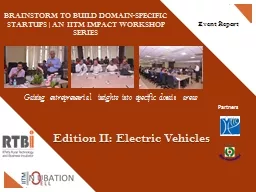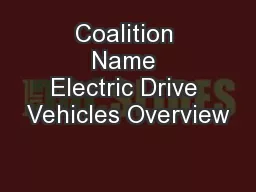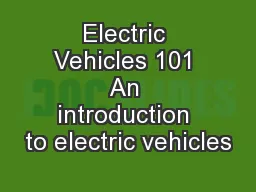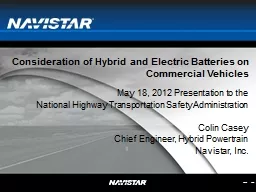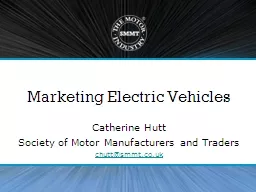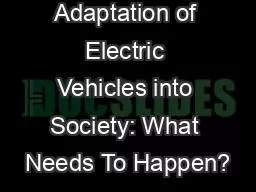PPT-Adoption of Electric vehicles in Massachusetts
Author : dailyno | Published Date : 2020-08-28
PES IEEE Boston Section June 20 2017 Stephen Russell Massachusetts Clean Cities Department of Energy Resources Agenda Images NREL Image Gallery 14922 and 23854
Presentation Embed Code
Download Presentation
Download Presentation The PPT/PDF document "Adoption of Electric vehicles in Massach..." is the property of its rightful owner. Permission is granted to download and print the materials on this website for personal, non-commercial use only, and to display it on your personal computer provided you do not modify the materials and that you retain all copyright notices contained in the materials. By downloading content from our website, you accept the terms of this agreement.
Adoption of Electric vehicles in Massachusetts: Transcript
Download Rules Of Document
"Adoption of Electric vehicles in Massachusetts"The content belongs to its owner. You may download and print it for personal use, without modification, and keep all copyright notices. By downloading, you agree to these terms.
Related Documents

